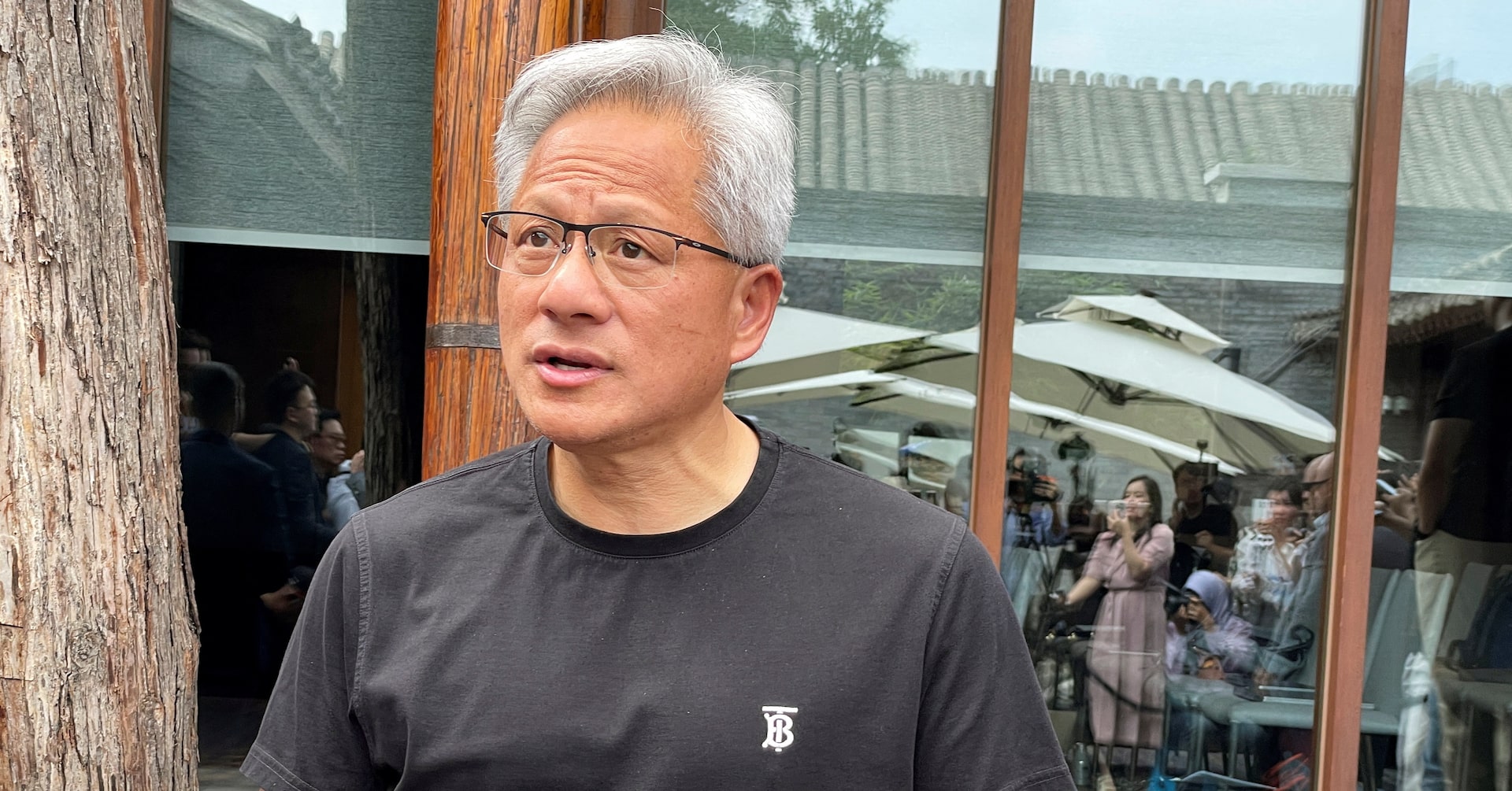Nvidia CEO Jensen Huang told the Financial Times that China is on track to beat the United States in the artificial intelligence race, a blunt assessment that reframes the debate from a short term sprint to a long term strategic contest. The comment matters because Nvidia is central to current AI infrastructure and because it highlights how talent, policy and industrial momentum can accelerate the global tech race.
Background: Why the AI Race Is More Than Hype
The contest over AI goes beyond model size or software frameworks. It spans talent, data, compute hardware and the semiconductor industry, manufacturing capacity and government strategy. For years the United States led in startups, cloud providers and advanced chips. At the same time China has invested heavily in research, built large domestic firms and scaled data and compute resources rapidly. Huang's view reflects this multi dimensional competition and the risk that export controls and other AI policy choices can produce longer term shifts in capability and supply.
Key Details and Findings
- Direct quote: As reported by Reuters on 6 November 2025 Huang said that "China is going to win the AI race." This statement has immediate weight because of Nvidia AI market share and the firm's role in supplying GPUs used by many model developers.
- Talent: Huang emphasized that China has a large share of global AI researchers. Human capital remains a core driver of long term leadership in artificial intelligence innovation.
- Industrial capability: He pointed to powerful domestic companies such as Huawei and to rapid progress in domestically produced chips and models. That progress touches both chips and software platforms and is reshaping the semiconductor industry landscape.
- Policy effects: Huang warned that export controls and U S policy choices can have unintended consequences that accelerate China toward self sufficiency and shift global supply chains over time.
- Context: Other indicators such as publication counts patent trends and investment flows support the idea that the global AI competition is widening beyond a single geography or company.
Implications for Business and Policy Makers
- Policy trade offs matter: Restrictions intended to limit technology transfer can also motivate accelerated domestic investment abroad. Policy makers need to consider how AI regulation and export rules influence global innovation incentives.
- Talent and research are decisive: Hardware and software follow where people innovate. Countries and companies that cultivate AI education attract researchers and fund long term R D will gain durable advantages in the global tech race.
- Supply chain resilience: For firms that depend on GPUs datacenter silicon and cloud services the emergence of two strong parallel ecosystems means planning for multiple sourcing cross border compliance and longer migration windows if geopolitical friction grows.
- Market dynamics: If China scales models and chips rapidly global markets could see faster innovation and more competitive pricing. That benefits end users while intensifying competition for cloud customers talent and standards influence.
Practical Takeaways
- Assess exposure: Map vendor concentration and plan for multiple sourcing and contingency routes for critical AI chips and infrastructure.
- Invest in people and R D: Prioritize talent development partnerships with universities and targeted R D to remain competitive as the China AI ecosystem matures.
- Monitor AI policy and regulation: Track U S China and international developments in AI regulation to anticipate compliance and strategic risks.
- Adapt procurement and product strategy: Expect faster change in pricing and capabilities in AI chips and cloud services and plan product roadmaps accordingly.
Conclusion
Jensen Huang's prediction that China will win the AI race reframes the competition as long term and systemic rather than episodic. Whether that view proves fully accurate will depend on education policy capital allocation industrial strategy and choices by firms on both sides of the Pacific. For corporate leaders the immediate action is pragmatic: diversify suppliers invest in talent and R D and monitor AI policy developments that could redraw supply chains. The larger lesson is that the future of artificial intelligence will be shaped by ecosystems and policy as much as by any single company or technology.




